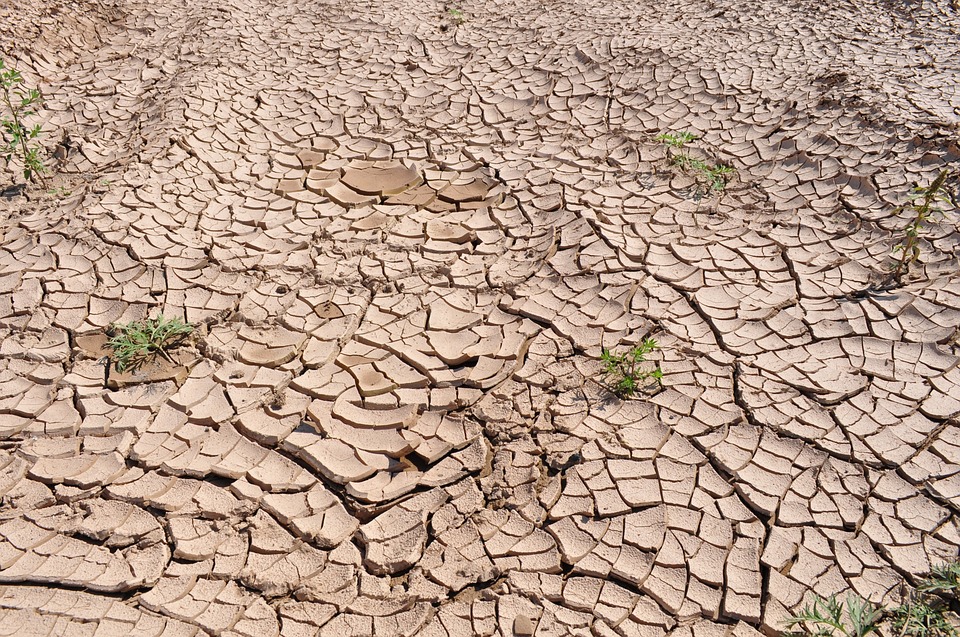Introduction
Global warming is a topic of great concern in today’s world. It refers to the long-term increase in Earth’s average surface temperature, primarily due to human activities such as burning fossil fuels, deforestation, and industrial processes that release greenhouse gases into the atmosphere. While global warming is an ongoing issue, there have been significant periods in history when the Earth experienced notable warming trends.
The Last Global Warming Period
The most recent significant global warming period, known as the Holocene Climate Optimum, occurred approximately 6,000 to 9,000 years ago. During this time, Earth’s climate was warmer than it is today, with higher temperatures and sea levels. The Holocene Climate Optimum marked the transition from the last ice age to the current interglacial period.
Causes of the Last Global Warming
The reasons behind the Holocene Climate Optimum are still a subject of scientific study and debate. Natural factors such as changes in solar radiation, Earth’s orbital variations, and volcanic activity likely played a role in this warming period. However, human activities were not significant drivers of global warming during this time, as industrialization and widespread use of fossil fuels had not yet occurred.
Impact of the Last Global Warming
The Holocene Climate Optimum had various effects on the Earth’s ecosystems. Sea levels rose due to the melting of polar ice caps, resulting in coastal flooding and the formation of new landforms. The warmer temperatures also led to changes in vegetation patterns, with forests expanding into higher latitudes and increased biodiversity in some regions.
Comparison to Current Global Warming
While the Holocene Climate Optimum was a period of global warming, it is important to note that the current global warming trend, primarily driven by human activities, is occurring at a much faster rate. The increase in greenhouse gas emissions since the Industrial Revolution has caused a rapid rise in global temperatures. The consequences of this accelerated warming are already being observed, including more frequent extreme weather events, rising sea levels, and the loss of biodiversity.
Conclusion
Global warming is an ongoing issue that has occurred throughout Earth’s history. The last significant global warming period, the Holocene Climate Optimum, took place thousands of years ago and had different causes and impacts compared to the current global warming trend. Understanding past warming periods can provide valuable insights into the complex factors that influence Earth’s climate. However, it is crucial to address the current global warming crisis by reducing greenhouse gas emissions and adopting sustainable practices to mitigate its impacts on our planet.

Kyle Whyte is a notable scholar and professor at the University of Michigan, holding positions such as the George Willis Pack Professor in the School for Environment and Sustainability and Professor of Philosophy. Specializing in environmental justice, his work critically examines climate policy and Indigenous peoples’ ethics, emphasizing the nexus between cooperative scientific endeavors and Indigenous justice. As an enrolled Citizen Potawatomi Nation member, he brings a vital perspective to his roles as a U.S. Science Envoy and member of the White House Environmental Justice Advisory Council. His influential research is supported by various prestigious organizations including the National Science Foundation, and disseminated through publications in high-impact journals. Kyle actively contributes to global Indigenous research methodologies and education, with affiliations to numerous institutes and societies dedicated to traditional knowledge and sustainability. Recognized for his academic and community engagement, Kyle has earned multiple awards and served in various visiting professorships. His efforts extend to leadership positions on boards and committees focused on environmental justice nationwide.
